For several years, I shaved with a cartridge razor and a shaving foam (Monday to Friday) and always ended up with a red neckline. Didn’t think much of it and I honestly thought this is what shaving is. Then it became worse and spread across the face with ingrown hair and bumps all over. After a bit of research and a visit to a dermatologist friend and I changed my shaving routine. I started enjoying it much more than earlier. The cartridge razor and the shaving foam were dumped for a wide variety of shaving products. More importantly, I started looking forward to shaving and not being afraid of it. After all, nothing feels or looks worse after a good shave than an irritated face and neckline. So, let us understand what causes these irritating and unseemly issues and how do we prevent them?
Causes of Shave Irritation?
We have two layers of skin. The outer layer is called Epidermis and the inner layer below it is called Dermis. The epidermis (or the top layer) is made of dead and old skin cells and the Dermis (or the inner layer) is the newly formed cells. When you apply warm water before shaving, the skin softens up and allows you to naturally exfoliate your face thus removing the dead skin. The primary reason for burns and bumps is improper preparation that leads to irritation in the form of razor burn, razor bumps, & ingrown hairs.
Reasons for Razor Burns, Ingrown Hairs and Razor Bumps
- Razor Burn: put simply, this is caused by skin irritation while shaving. Due to a blunt blade, too many strokes in the same area, an old blade with bacteria, hurriedly shaving, or you might just have sensitive skin and are trying to make it in time for the office meeting!
- Razor Bumps and Ingrown Hair: this is when the hair doesn’t grow fully outside the epidermis and crawls back into the skin. This is dangerous, many times painful, and may not allow you to shave over the affected area for a few days.
Now that we know the terms, let’s discuss how to prevent shaving irritations and start enjoying shaving.
- Apply warm/hot water before you start shaving. This opens your hair follicles and softens the hair. Do it 30-40 seconds before you start to shave. ALWAYS, wet your face before shaving. The wet hair is easier to cut, and the warm/hot water softens the skin making it supple for a comfortable shave.
- Daily exfoliate your face with a no-soap face wash or with a scrub once a week to help loosen up your facial hair. The normal scrub is harsh on your skin hence use it once a week else you will end up with red spots after a razor burn. You can use the no-soap face wash daily as it preserves the skin pH level and just helps remove the dirt and cleanses your skin. The exfoliation will help remove the top, dead layer allowing the safety blade to cut the hair comfortably
Safety Blade – don’t have a competition with your friends on how long your blades last! Use a new blade at the first sign of pulling. The general norm is to use a blade for 3-7 uses (depending on skin type and manufacturer).
And use a double edge safety blade.
- The Cartridge Razor Blade is a haven for bacteria with multiple uses and especially as you can’t clean the insides.
- Use a Pre-Shave Oil to get a smooth glide and a comfortable shave. This is a must to prevent razor burns and bumps.
- In the first shave pass – ALWAYS shave with the grain. However late you might be for work or a party or a date, shave with the grain. Let the weight of the razor do its job and don’t press the blade into the skin. Pull the skin tight in the next pass, not the first one. The first pass is to remove 90% of your hair and make it easier for a close shave in the second pass.
- Rinse the blade, especially if you are shaving after a gap of 2-3 days. The cleaner the blade, the smoother the shave. The lather, hair, and dead cells all apply brakes to a smooth shave so rinse often.
STOP USING THE SHAVING FOAM
You apply the foam with your hands and hence press down on the hair hence preventing a smooth shave. START USING a shaving brush and shaving cream or shave soap. The brush further exfoliates your skin and the soap/ cream produce a thick, rich lather that makes shaving an enjoyable affair.
- The shaving soaps are mostly made with natural ingredients that don’t irritate your skin.
Wash your face with cold water after the shave and apply a non-alcohol aftershave.

In Summary
Many of our customers use a two-pronged approach. After shaving, they apply the After Shave Gel or Balm, go for a shower, and then apply the After Shave Lotion that is non-alcoholic. This ensures your skin remains moisturized for the full day. Our aftershaves contain natural antiseptic ingredients and skin moisturizing elements that prevent infection or bumps. We put a very small amount of isopropyl alcohol (in After Shave Balm and Gel) to help close any cuts. And the Lotions have a high proportion of shea and kokum butter to help moisturize your skin.
STOP suffering a painful shave and start enjoying it. Do not use time as an excuse and simply plan better. And have fun. This is the only time in the entire day when you can contemplate, plan, and decide on the game plan for the day.


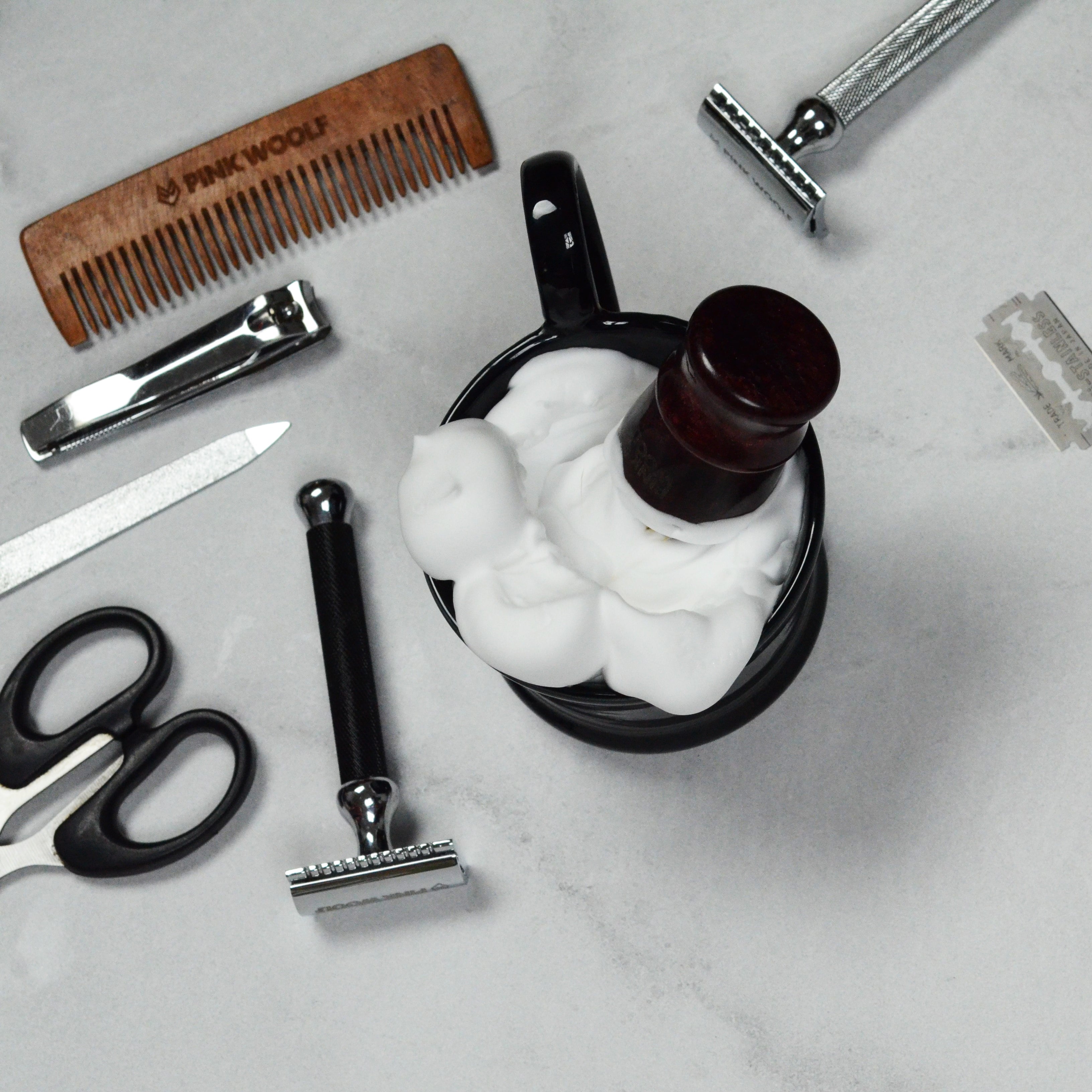



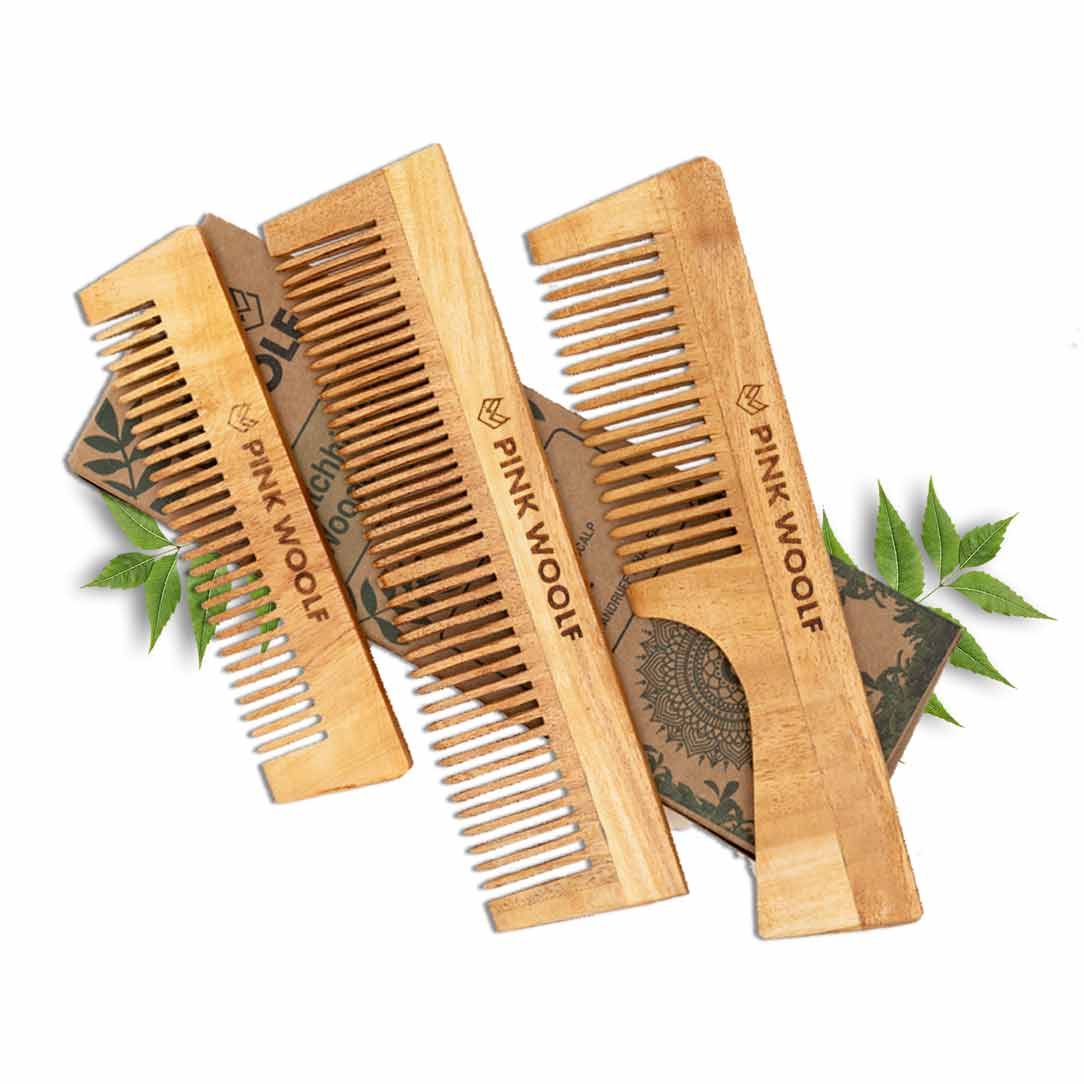
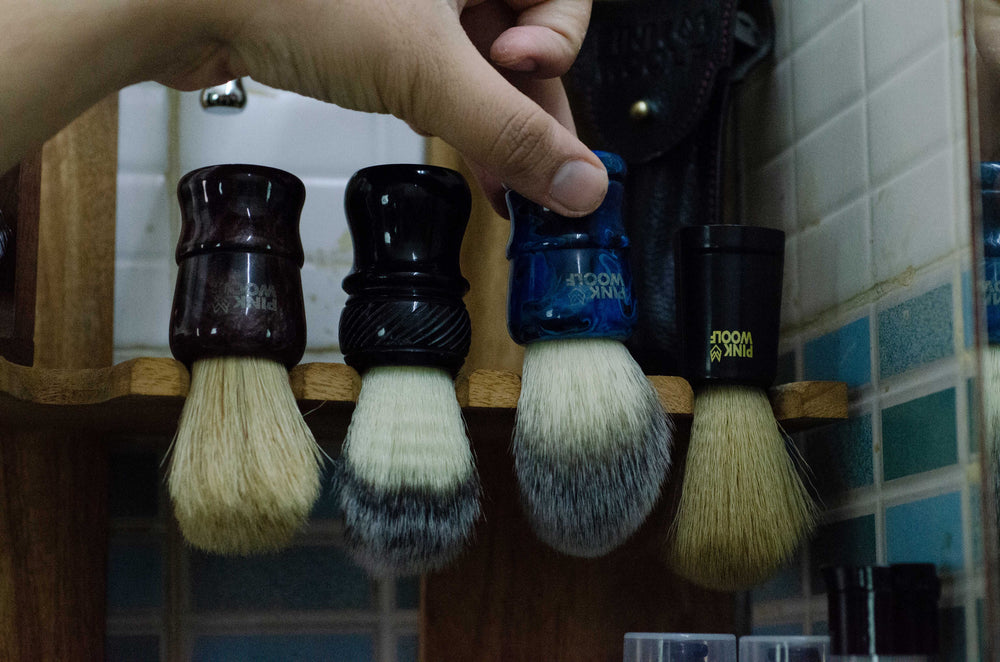

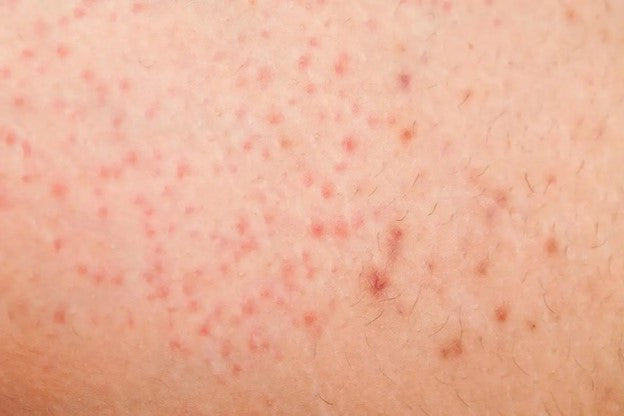
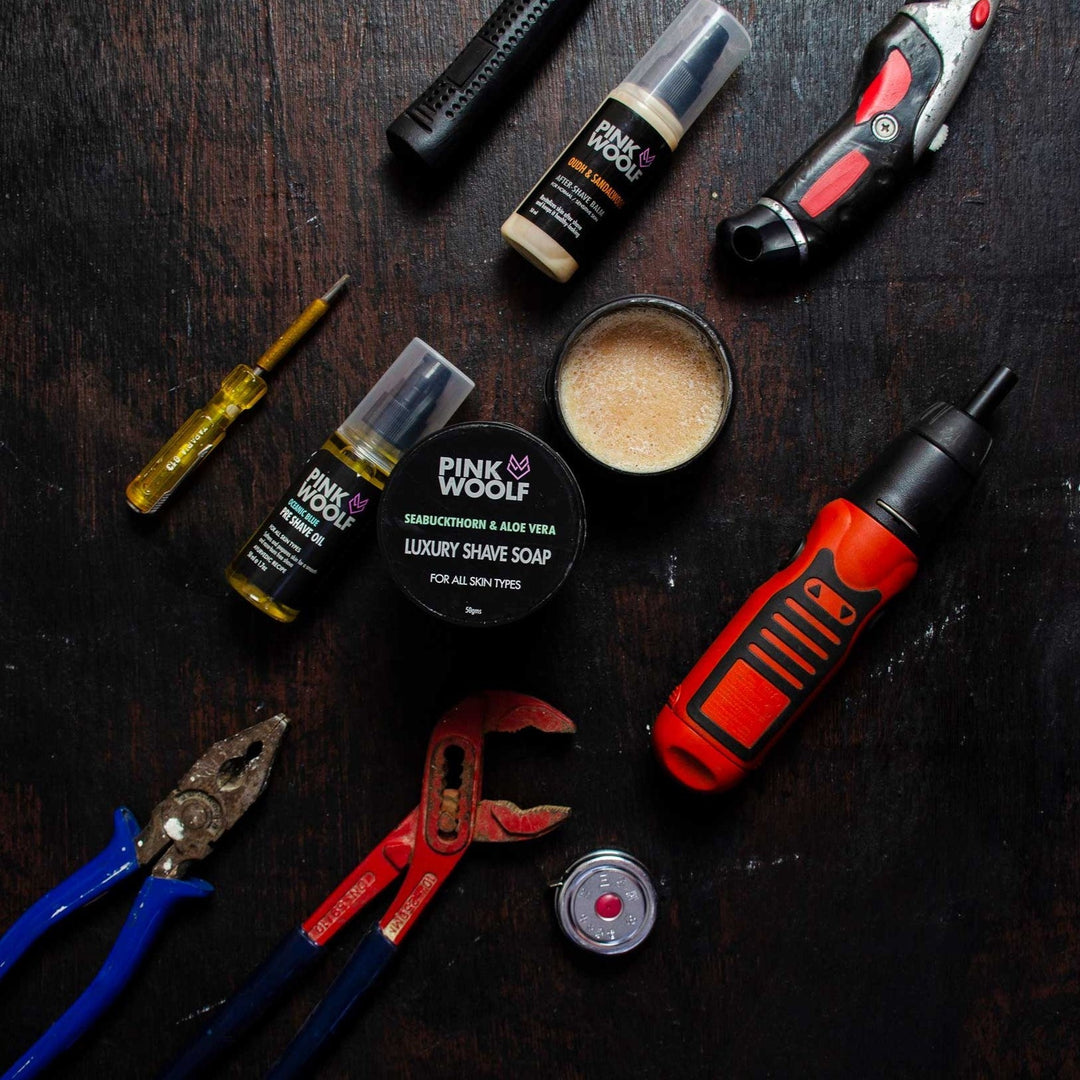
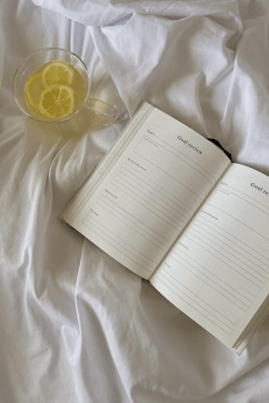

Leave a comment